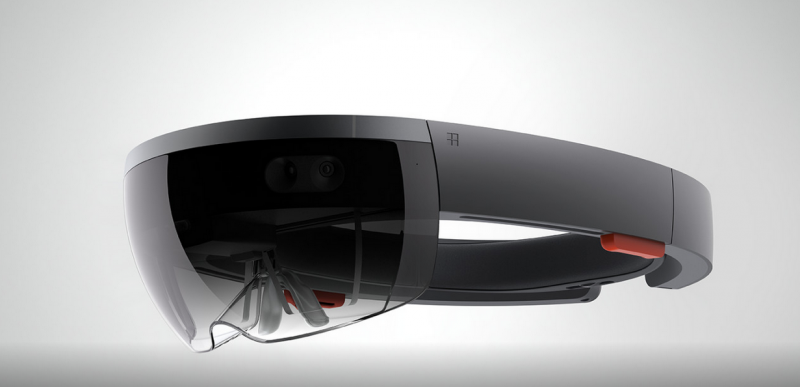On Monday, Microsoft developer Kudo Tsunoda admitted that the first consumer ready version of HoloLens, a standalone Windows computer that lets you control and see holograms while wearing a visor, will only work properly when you look in the dead center of your vision.
In other words, if you move your eyes a little too far to the left or right, you won't see any holograms. HoloLens testers noticed this flaw when trying out the device and expected it would be corrected in time for launch.
But when Gizmodo asked Tsunoda if the vision flaw would be fixed he said, "It's not final, but I would also say it's not a huge dramatic difference in the final version from what you see today."
The HoloLens has delivered Microsoft much-needed praise as an innovator during a time when the company seeks to reinvent their brand. But although their vision for HoloLens appears effortless it looks like their first rendition might fail to execute. You have to admit, Microsoft's history of releasing frustrating products is something Windows customers are all too familiar with. And unlike Windows, HoloLens doesn't have the luxury of a massive base of users.
If the HoloLens isn't adopted Microsoft might give up on the concept for years, just look to Google Glass for an example of a shelved virtual reality hopeful.
Tsunoda didn't give a solid release date for the HoloLens, but hinted it wouldn't "be that far off" from Windows 10's July 29 distribution. If you haven't already, watch the mind-boggling concept video of Microsoft's HoloLens below.
